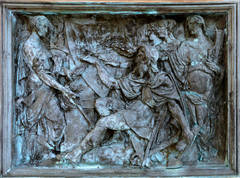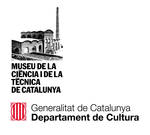11 April 2013
Can 3D-print technology help visually impaired to experience paintings?
The 3D technology is nothing new in the field of Cultural Heritage. In fact, some of the pioneering projects involving 3D scanners and digital object reconstruction were developed in the field of CH.
This technology, as widely recognized, is now considered to be mature and an essential part of the relationship between IT and Cultural Heritage.
Since now, anyway, the most of the efforts were driven in the 3D reconstruction side, both by professional and by enthusiasts, as presented in CreativeCH last workshop in Brighton.
The next big trend is going to focus not just on the re-construction, but on the construction itself of physical objects and pieces.
Nowadays, 3D printing is in fact becoming more and more available, and many experiences are flourishing around this technology.
An interesting yet starting up one is from Constantine Tarabanis, a Greek student at Harvard University, which combined 3D printing with Cultural Heritage in a very interesting way.
"Midas Touch" is a project aimed to combine the potential of 3D printing with the idea of making arts accessible to everyone. The project name itself, in fact, evoke the tactile nature of the project: Midas Touch aims to recreate a tactile representations of paintings, to allow blind people to experience masterpieces of all time in the way the called "Two-and-a-half-dimension paintings".
This "two-and-a-half-dimension" technique moves from the sculptural technique known as relief, and, in the idea of the project’s founder, aims to allow blind person to experience the meanings and the emotions of paintings.
As Mr. Tarabanis states, "You go online and see people 3-D printing a gun […] We’re wondering why people would be allocating resources this way when there’s clearly a more socially responsible way this technology can be used."
"Midas Touch" was selected to pitch at Harvard Deans' Challenge for Cultural Entrepreneurship, hosted by Harvard Innovation Lab.
Stefano Sbarbati
back







